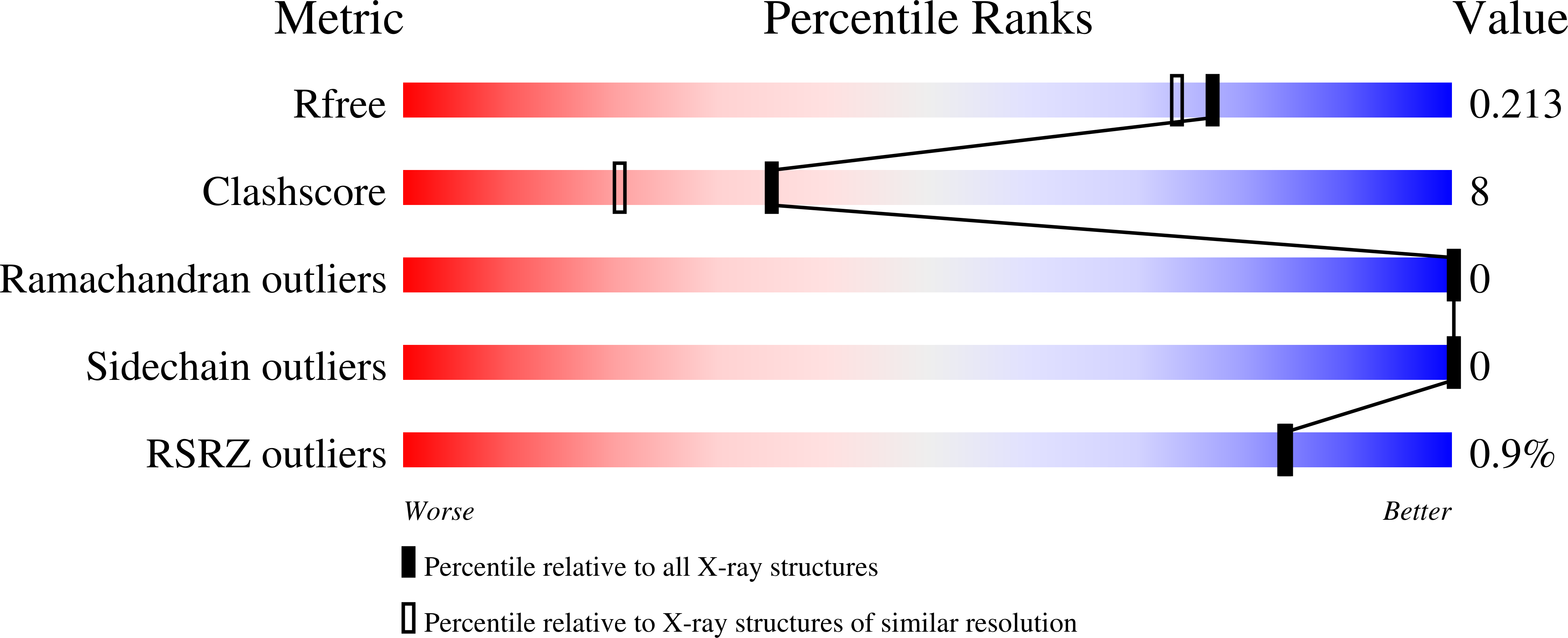
Deposition Date
2005-10-20
Release Date
2006-11-21
Last Version Date
2024-10-30
Entry Detail
Biological Source:
Source Organism:
Mason-Pfizer monkey virus (Taxon ID: 11855)
Host Organism:
Method Details:
Experimental Method:
Resolution:
1.85 Å
R-Value Free:
0.19
R-Value Work:
0.16
R-Value Observed:
0.16
Space Group:
P 63


